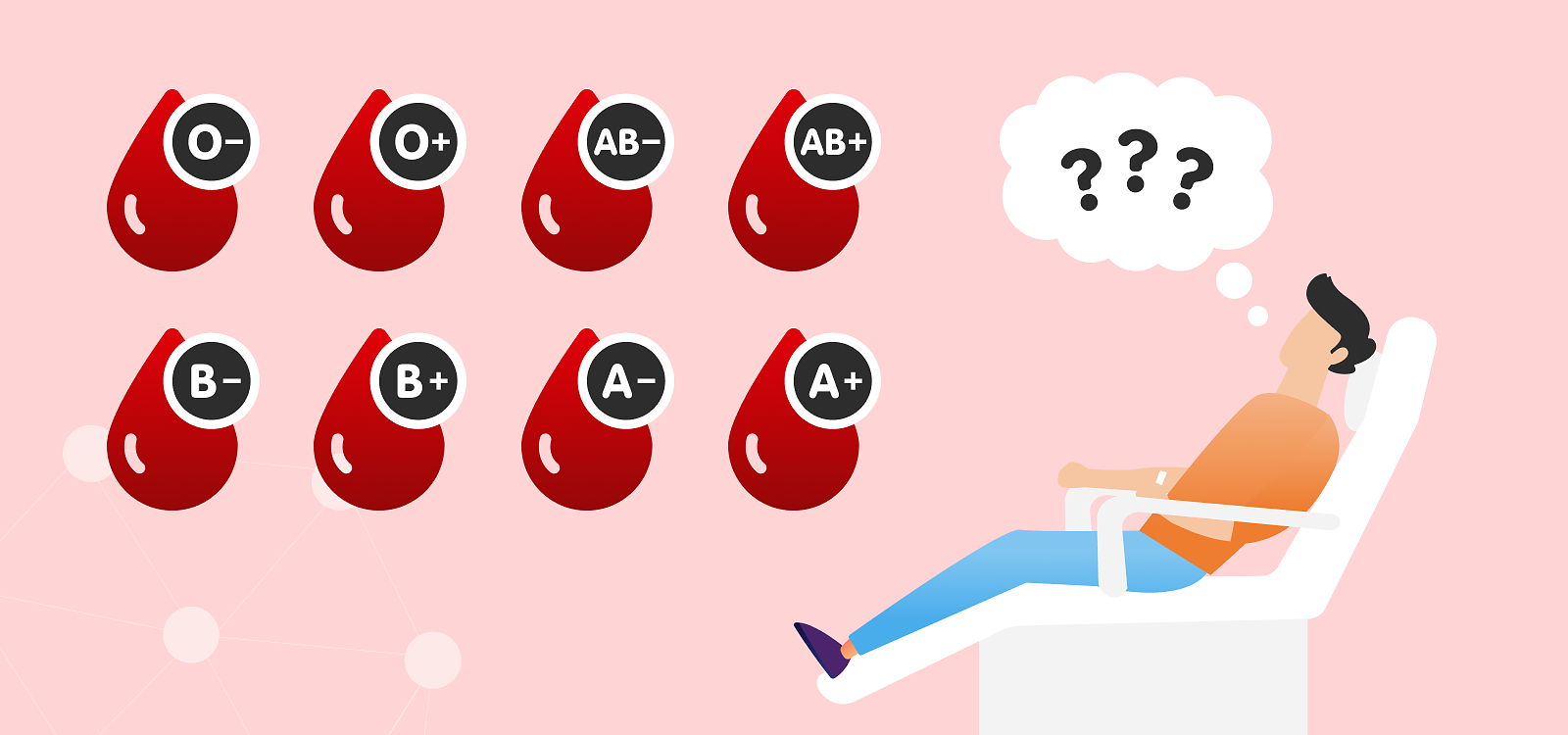Why Do Almost 15% of Physicians Admit to Having Uncertainty When Ordering and Interpreting Blood Test Results, and How Can We Help?
Blood tests are fundamental tools in the medical field, providing crucial information about a patient's health status. Despite their importance, studies have shown that around 15 % of physicians experience uncertainty when interpreting these results1. We explored the reasons behind this uncertainty and discussed potential solutions to support physicians in making more accurate interpretations.
Understanding the Sources of Uncertainty
- Complexity of Blood Tests: Blood tests can measure a wide range of components, from electrolytes and enzymes to hormones and blood cells. The sheer volume and complexity of these parameters can be overwhelming, making it challenging for physicians to interpret every aspect accurately.
- Interpreting Abnormal Results: Not all abnormal results indicate a health issue. Variations can be due to factors such as diet, medication, stress, or even lab errors. Distinguishing between significant abnormalities and benign variations requires a nuanced understanding, adding to the uncertainty.
- Lack of Contextual Information: Blood test results are often provided without detailed patient history or symptoms. Without this context, interpreting results can be like solving a puzzle with missing pieces.
- Rapid Advancements in Medical Knowledge: The field of medicine is constantly evolving, with new research and discoveries regularly emerging. Staying updated with the latest information can be challenging, contributing to uncertainty when interpreting test results.
- Human Error: No matter how experienced, physicians are human and can make mistakes. Fatigue, cognitive overload, and even bias can affect their ability to interpret blood test results accurately.
How Can We Help?
Addressing the uncertainty in blood test interpretation requires a multifaceted approach. Here are some potential solutions:
- Enhanced Training and Continuing Education: Providing physicians with comprehensive training on interpreting blood test results is essential. Continuing education programs can help physicians stay updated with the latest advancements and best practices.
- Integrating Clinical Decision Support Software: Implementing advanced clinical decision support software (CDSS) that use artificial intelligence and machine learning can assist physicians in interpreting complex data. These systems can analyze vast amounts of information quickly and provide evidence-based recommendations.
- Improving Communication Between Labs and Physicians: Ensuring clear and detailed communication between laboratories and physicians can reduce misinterpretations. Providing additional context, such as patient history and potential influencing factors, can help physicians make more informed decisions.
- Collaborative Approaches: Encouraging a team-based approach to patient care, where physicians collaborate with specialists, can help in cross-verifying and interpreting complex test results. Multidisciplinary teams can provide diverse perspectives, reducing the likelihood of misinterpretation.
- Patient Education and Involvement: Educating patients about their blood test results and involving them in discussions can provide additional insights and context. Patients who understand their results are better equipped to provide relevant information that may aid in interpretation.
- Leveraging Technology and Telemedicine: Utilizing telemedicine platforms can facilitate quick consultations with specialists who can provide expert opinions on complex cases. This can be particularly beneficial in remote or underserved areas where access to specialists is limited.
- Standardizing Test Reporting: Developing standardized formats for reporting blood test results can help reduce confusion and ensure consistency in interpretation. Clear and concise reports with well-defined reference ranges and explanatory notes can make it easier for physicians to understand and act on the results.
Conclusion
Uncertainty in interpreting blood test results is a significant challenge faced by many physicians. By understanding the reasons behind this uncertainty and implementing targeted solutions, we can support physicians in making more accurate interpretations. Enhanced training, decision support systems, improved communication, collaborative approaches, patient involvement, leveraging technology, and standardizing test reporting are all steps in the right direction2. Ultimately, these efforts will lead to better patient outcomes and a more confident medical community.
1 Hickner J, Thompson PJ, Wilkinson T, Epner P, Sheehan M, Pollock AM, Lee J, Duke CC, Jackson BR, Taylor JR. Primary care physicians' challenges in ordering clinical laboratory tests and interpreting results. J Am Board Fam Med. 2014 Mar-Apr;27(2):268-74. doi: 10.3122/jabfm.2014.02.130104. PMID: 24610189.
2 Vanker N, Faull NHB. Laboratory test result interpretation for primary care doctors in South Africa. Afr J Lab Med. 2017 Mar 24;6(1):453. doi: 10.4102/ajlm.v6i1.453. PMID: 28879147; PMCID: PMC5523924.






